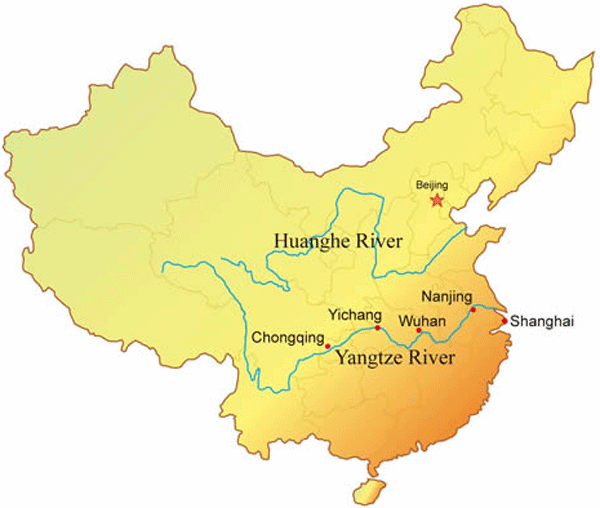
Page Title
History Projec 12
-Lailai, Jacob
Chinese is along the three major sea, the East China Sea, Yellow Sea and South China sea. The three sea provides Chinese a precious chance to flourish the sea trade. Actually, South China Sea is one of the most important oil trade routes in the world, since the South China Sea contains more oil than other area except Saudi Arabia. The South China Sea is also a major destination for LNG exports. About 6 trillion cubic feet (Tcf) of liquefied natural gas, or more than half of global LNG trade, passed through the South China Sea in 2011. With growing demand for natural gas in East Asia, the South China Sea's trade will increase in the coming years. In addition, the large quantities of coal also need to pass through the South China sea to Markets around the world (http://www.eia.gov/todayinenergy/detail.cfm?id=10671).

Southern China is dominated by hills and low mountain ranges and climate are suitable for farming. Thus, the southern China provides a large amount of food. Unlike the southern China, the western and the northern China have more arid landscapes and the climate there is colder and harsher. It has a lot of mountains and desert, like Himalayas and Gobi Desert. In this case, there are limited crop that can plant on the north and west(https://en.wikipedia.org/wiki/Agriculture_in_China#Major_Agricultural_Products). So their food demands depends on the south. There are two major river, the Yellow River and the Yangtze and are connected by the Grand Canal(https://en.wikipedia.org/wiki/China). Thus, people can easily transport the food from the south to the north.
China, also named the People’s Republic of China, it covers nearly 9.6 million square kilometers. It is the world’s second-largest country by land area, and either the third or fourth largest by total area(http://www.listofcountriesoftheworld.com/area-land.html). It is the world’s most populous country, with a population of over 1.35 billion. China is a cradle of civilization, since it is one of the world’s earliest civilization-that flourished in the fertile basin of the Yellow River in the North China Plain. Its history is longer than two thousands years, during which it has seen cycles of prosperity and decline(https://en.wikipedia.org/wiki/China).



